Ten things you need
to know about olive oil
January was a month of modest culinary pleasures. I cooked split pea soup, baked loaves of grainy bread and found delight in seemingly insignificant things, like a bunch of kale that leapt off a stall at the Ventimiglia market into my welcoming arms (why have the French never heard of kale?). Mostly, though, I looked for any excuse to douse my food with freshly pressed olive oil, still cloudy from the mill and tasting lightly of almond and artichoke.
Of the dozens of olive varieties grown in Provence, the caillette – informally known as the Niçoise olive – is perhaps the most beautiful and subtle (and the hardest to pit, so watch your teeth when you eat pizza here). Native to the hills behind Nice and the nearby region of Liguria in Italy, this olive no bigger than the tip of my little finger ripens late, turning from pale green to purplish to almost black anytime between December and February depending on the altitude and the weather. The tradition in this area is to let most of the olives ripen fully before pressing them, which results in a deep golden oil with no bitterness. Over the years I have come to appreciate this oil’s gentle quality, even adding it to my lemon tart and my chocolate mousse. This is my everyday oil, one that I know will never overwhelm the other flavors in a dish. I even – gasp! – cook with it, since I don’t really trust any supermarket oil (more on that later).
A few producers in the Nice area don’t mind going against tradition, picking the olives earlier and rushing them to the mill to preserve their phenols, the antioxidants that can help prevent heart disease. When I first tasted Jacqueline Bellino‘s oil I was surprised by its bitterness, which fades into the background once the oil is paired with food. This is the very quality that makes her most proud and that has won her several medals at the Salon de l’Agriculture in Paris.
“This is not just food, this is medicine,” she says, holding up one of her tins. It’s easy to know whether an olive oil contains phenols: they are responsible for that prickly feeling at the back of your throat that makes you cough a few seconds after you swallow it.
A passionate promoter of quality olive oil, Jacqueline was behind the reopening of the traditional stone mill in the village of L’Escarène, about 20 minutes from Nice. Powered by water that runs down from mountain streams, the mill now operates for three months a year so that locals can come and press their olives for their personal use. I was lucky enough to visit last week on a day when the mill was running, the second time in my life that I have tasted olive oil straight from the source. It’s as different from olive oil that has been bottled and stored as a fresh-squeezed orange is from Tropicana.
This time I learned the difference between the Ligurian olive mill, which I had seen at Claude’s farm, and the Greek mill, which is what they use in L’Escarène. In the Ligurian mill, the olives are first ground to a pulp, then warm water is poured in to make the oil rise to the surface. This oil is painstaking scooped off, using what looks like a frying pan with holes (I’ve tried it and I can tell you it isn’t easy). In the Greek mill, no water is added to the mill and the pulp is gently pressed to recuperate the oil. Late in the process, warm water is also used to extract the last of the oil, at which point it’s no longer considered the “first cold press”.
Jacqueline takes her own olives to a modern mill, which although less romantic than the traditional mill produces oil that is a little more pure, and therefore keeps better. In the case of olive oil, it seems that the old ways are not necessarily the best: farmers used to let their olives dry for a few days before taking them to the mill, which concentrates their oils but also removes some of their health-giving properties.
Back at Jacqueline’s farm, reached via a windy road with precipitous drops, we compared her oils from this year and last year. Unusually, last year’s oil had preserved all its qualities, its bitterness tempered only slightly by time. This year’s oil was a little mellower because of the rainy autumn, but still had the characteristic bite of the phenols. Jacqueline’s biggest challenge is the destructive olive fly, which she combats with sticky traps rather than sprays since her farm is entirely organic (including her cat). She and her husband Gilles spend hours sorting through the olives every night, removing any that the flies have damaged, before brining them in salt and producing her delicious olive pastes and tapenade.
Sitting on Jacqueline’s terrace overlooking the hills whose silvery-leaved trees have nourished the locals for centuries, I realized how much my attitude has changed since moving to Nice and getting to know farmers like her. Olive oil has become one of my most treasured ingredients, but also one that I treat with suspicion. I no longer want to buy olive oil unless I know exactly who produced it and trust that person, so subject is this industry to anything from mild cheating to outright fraud. While that’s fairly easy (though not cheap) for me to do, it’s not so simple for those of you who don’t happen to live near the Mediterranean. Here are a few things to keep in mind when you’re shopping for your next bottle:
1. The term “extra virgin” doesn’t guarantee good flavor, it’s just a measure of acidity. Any oil with less than 0.8 percent acidity is considered extra virgin. Very good olive oils usually have around 0.4 percent acidity.
2. The term “first cold press” is no longer allowed on European labels, since all olive oils produced using modern methods are cold-pressed.
3. There was a time when “Italian olive oil” could be made with olives grown in Spain and pressed in Italy. This is no longer allowed, but producers have got around it by using the generic phrase “product of the EU” on their labels. The French brand Puget uses images of Provence (and the name of a real town) to sell oil made with “olives from the European community.”
4. Even small, artisanal-looking olive producers in Italy (or France, for that matter) could be selling you Spanish oil. An example is the well-known Alziari brand in Nice, which after a television exposé last summer admitted to supplementing its locally grown olives with Spanish olives.
5. France’s olive production is tiny compared to Italy’s or Spain’s, which is why it’s so hard to find French olive oils outside France. Take advantage while in Provence of the opportunity to buy these oils, which are generally produced on a small scale. Wrap them well and don’t forget to check them in when flying.
6. Despite the small production, France produces a surprising variety of olive oils depending on the type of olive used and its maturity. A good place to sample French oils in Paris is the shop Première Pression Provence. In Nice, visit the boutique Oliviera in the Old Town, where Nadim and Régine will introduce you to their hand-picked oils from all over Provence. Boutiques like these (unless you can visit a farm) are the best places to find fresh oils, since supermarkets will always sell off older oils first.
7. According to Jacqueline, a (non-organic) spray commonly used to treat the olive fly creates a scent similar to room freshener in the finished oil.
8. Avoid buying olive oils in clear glass bottles unless you know they have been stored away from light and you plan to use them quickly. Exposure to direct sunlight can quickly turn olive oil rancid, which is why I won’t touch most of the oils displayed at outdoor markets.
9. To be sure of a French oil’s origin, look for the label “AOP” (Appellation d’Origine Protégée).
10. Not all Italian olive oil is peppery and bitter like Tuscan oil. Liguria produces a delicate oil with the same type of olives found around Nice, known in Italy as “Taggiasca,” and there are dozens of other regional oils to discover.
If you would like to learn more about olive oil first hand, I’ll be re-introducing my Meet the Producers tours this year with my friend Sylvie di Cristo, who has been a guide in the region for more than 25 years. You will find more information on www.petitsfarcis.com, or contact me directly to book a tour.
to know about olive oil

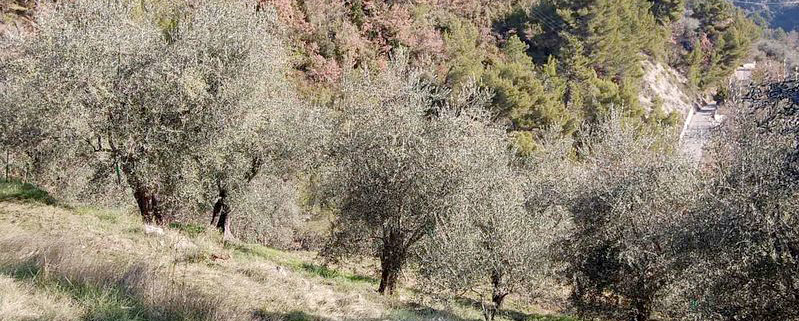
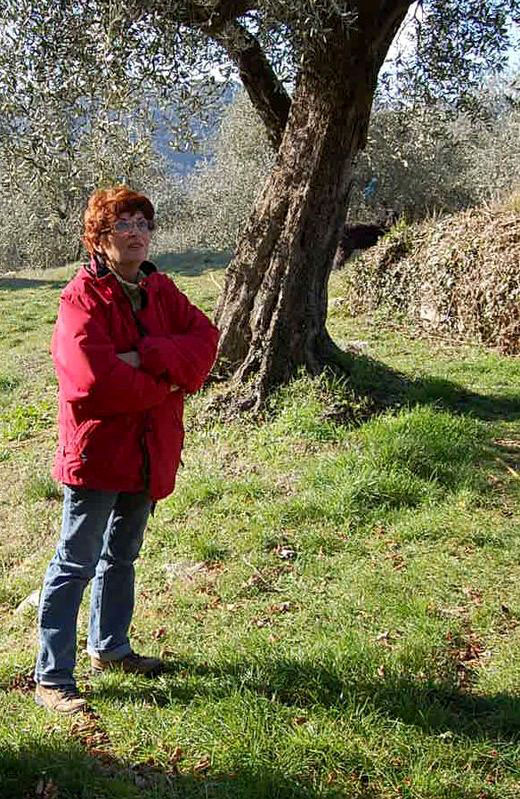
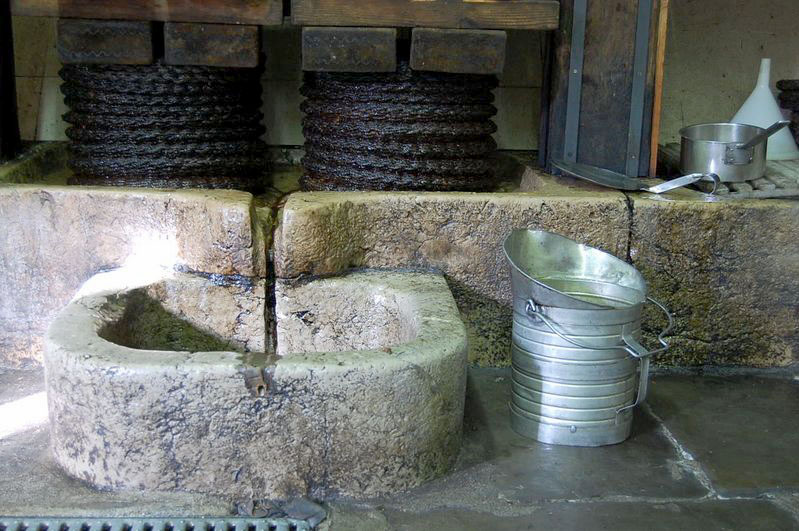
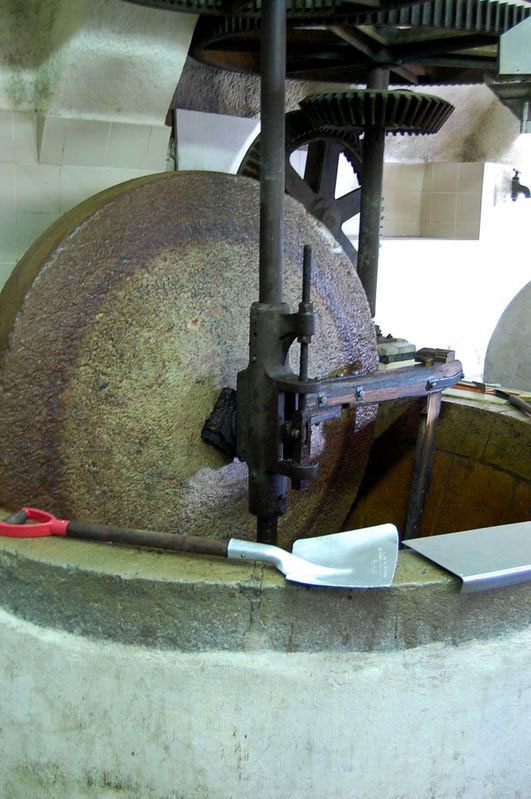
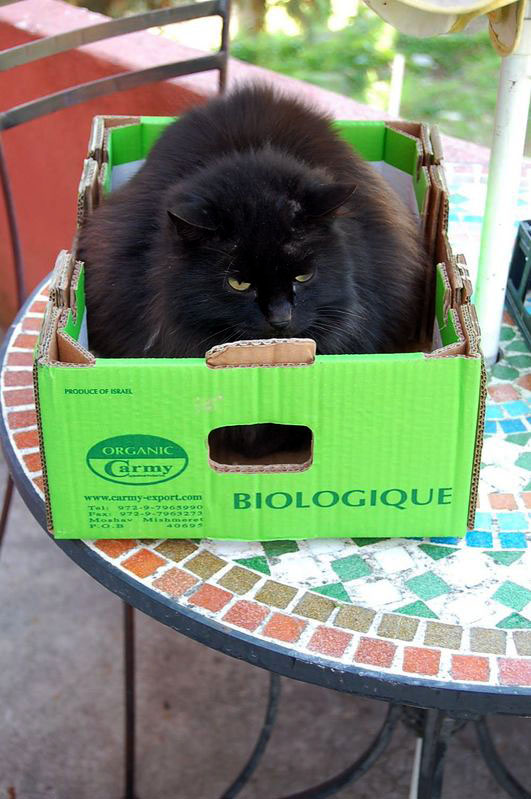


Maia: That’s amazing, how lucky to have kale in the garden and how sweet of you to offer for me to come and pick it! I have actually found some kale at the organic shop O Quotidien near the port. Are you saying the Portuguese shop also sells fresh kale? If so I’ll have a look next time. Thanks so much for the update.
Hi Rosa,
I finally found seeds in a Portuguese shop close to the Liberation market and started growing them! You’re welcome to come by and pick some, as they are now growing like weeds! The shop also sells kale and black beans!
Adele, you are torturing me as I still don’t have a source of kale here! I must do something about that. Send me some seeds, someone?
Just found your blog, and I love it!
Our weekly farm share includes as much kale as we can use, week after week. They are offering curly and red kale now (I don’t care for the red) and hopefully soon they’ll harvest lacinato (also called dragon, or black) kale. For a while we couldn’t get enough of simple, roasted kale pieces which get all dry and crackly and yummy, but lately we’ve been enjoying kale salad. Rip the kale leaves into fork-sized pieces, wash well, then massage the pieces with coarse salt. I kid you not. This helps to tenderize and flavor the kale. Rinse very well and spin dry. Toss with a small amount of olive oil, drizzle with either lemon juice or sherry vinegar and toss again. I like to add a hint of sweetness with either honey or maple syrup, and a pinch of cayenne pepper for heat. Add in some dried currants, or chopped apple or thin slices of sweet onion, according to your fancy. Deliciously addictive!
Hi Maia, I’ve been trying to get someone to send me kale seeds since a farmer I know would be willing to plant them! You can usually find Jacqueline’s oil at the shop A l’Olivier in rue St-Fran√ßois de Paule in Nice. It’s the organic AOC Nice oil.
I think there is quite a few of us here in Nice that dream of kale shopping. I guess a trip to Italy is in order or maybe start importing kale into France?! Is Jacqueline’s olive oil available at Cours Saleya or the Liberation market?
Merci Jacqueline d’avoir partag√© cette merveilleuse culture avec moi!
Tami, coming back to Nice to stock up on oil is the only reasonable solution! Hope to see you soon.
Thanks for this beautiful post, Rosa. Olive oil is my favourite thing to bring back from France and Nicoise olive oil is so unique. I’m just out now, which is sad because its my favourite baking olive oil. Nothing else I can get is buttery enough and fresh enough. I think a trip to the Riviera is imminent.
Quelle bonne √©lève! Tu en sais maintenant autant que moi! Merci de mettre en valeur et de diffuser notre culture m√©diterranénne avec autant de talent.
A bientôt Rosa,
Eileen, there is nothing like split pea soup in winter… especially when drizzled with good olive oil. Enjoy!
I had just bought a bag of organic split peas and was getting ready to make soup. My father always made spilt pea soup in the winter, so while it’s always good to eat and it’s also sweet for the memories. I followed your reference to Organette, and I’m making her recipe now. The whole house smells great! Thanks.